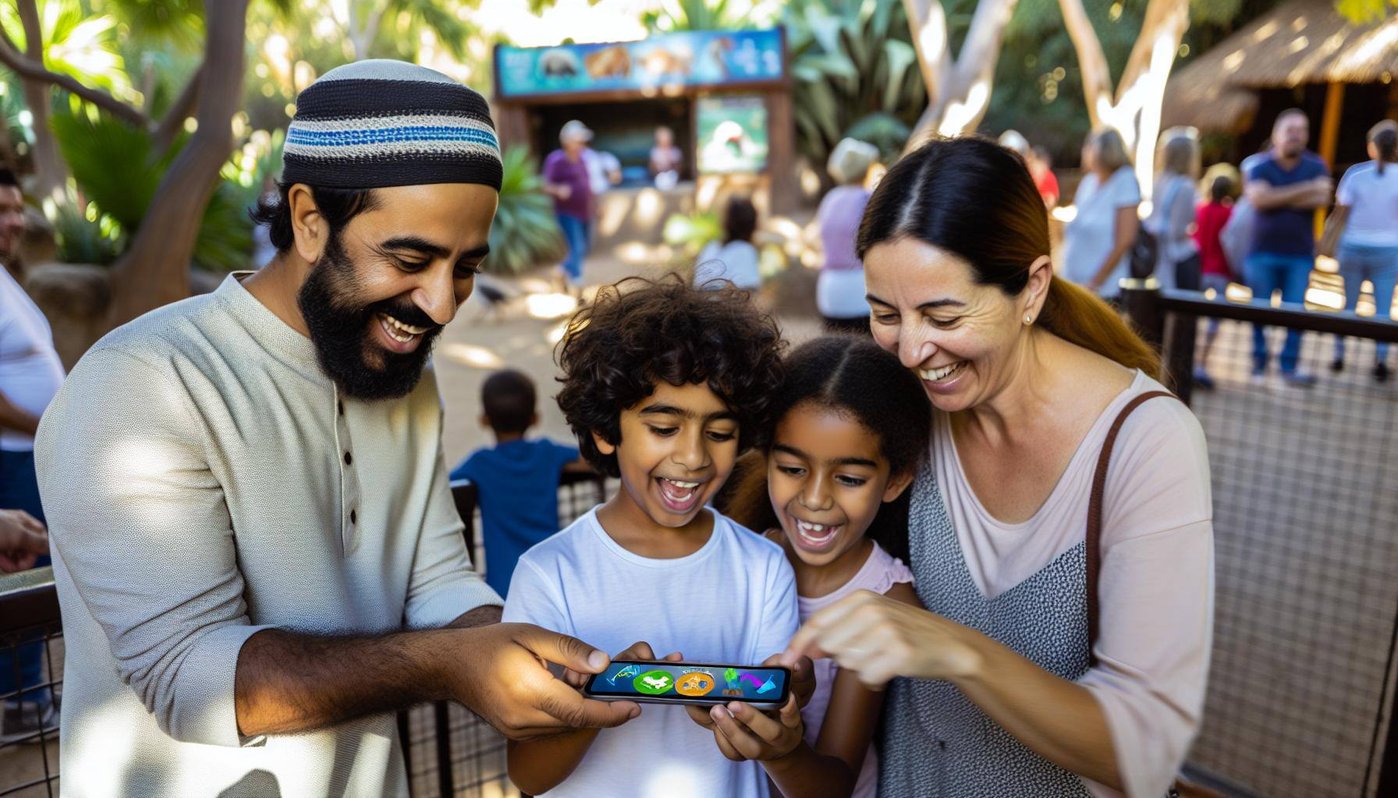Living Memories
Museums of the Mind
Engaged communities lay the groundwork for a future full of promise.
At present, I live, breathe, and eat, anything and everything to do with audience engagement. Engaging with people has been a greater part of my working career that has taken me all over the globe. It is enormously satisfying to see how the correct content conveyed in a way that resonates with people on a personal level, can light up their eyes and those around them.
One such moment, that I will count as a career highlight, happened only this past month. Not in a top London Museum, or around the boardroom table of a Fortune 500 corporate, but right in the heart of my local town.
The fruition of many hours of hard work with a dazzling team of volunteers just as passionate about history as I am, resulted in the recent ‘Life in Chilton and Windlestone during the 70-year reign of Queen Elizabeth II exhibition.’ The exhibition formed part of our local celebration and acknowledgement of the Queen’s Platinum Jubilee.
The exhibition showed nearly two thousand photos of Chilton and Windlestone, all supplied by the residents, and pulled together on different display boards depicting the life and times of locals from the 1950’s to date. Next to each displayed decade, were images of Her Majesty and some of the pivotal moments of her reign. A real trip down memory lane.
The Jubilee exhibition is part of a much larger project celebrating 150 Years of the towns of Chilton & Windlestone – a 3-part film celebrating Chilton & the people who have made it a community.
To date, a database that holds 6000+ images, documents, footage, and other artefacts, has been collected, created, and digitised, providing a unique glimpse into the lives of the people who lived, loved, and passed on, in the area. These artefacts have been gathered from scrap books, albums, the bottom of cupboards and shoeboxes and long forgotten archives.
Part of the enjoyment of the entire project has been how it has been embraced by the community and the pleasure people have had in re-discovering old memories.
The bigger aim of the project, however, is the preservation of local community heritage - physically & digitally to afford more people to engage with the material, for all the untold benefits that remarking history can bring to successive generations.
With very little marketing, more than 515 people visited the exhibition over a five-day period, but beyond the priceless memories, conversations and reminiscing these images provoked, it was the interaction between the elderly and the young that stood out – a community united, a community filled with laughter.
Truly touching were the elderly, living in the care home next door to where the exhibition was held, and the enthusiasm and energy they had in recollecting the events and the people depicted. Even better, their engagement with the young eyes looking at some of these events for the very first time and giving a first-hand account of what was taking place at that image-captured time.
If ever there was a case study for children awakening to the realisation of their place in the greater world, this was it. The fascination of a group of 8-year-olds seeing photographs – some in black and white and others in colour – for the very first time was something to behold. As digital natives, their entire worlds revolve around a screen. Consciously taking in how life was then to now, in their very own location, made ‘progress’ all real.
Digitising these ‘old’ photographs, films, and documents, will now make them available to future generations of curious minds and for those wanting to remember.
Best of all, this single exhibition instilled a sense of pride in the community. This pride and feeling of togetherness was carried through and witnessed later in the celebration week, as more than 650 people braved the fresh Spring weather and turned out to enjoy a lunch together, along long tables arranged down the length of the town’s High Street.
On hand, photographers young and old, with a combination of equipment – SLR cameras, a box Brownie or two and the obligatory smartphone camera – to capture the day and the occasion. There is no doubt that these images will form part of a living museum for future exhibitions.
Community history is as much about everyday life, as it is about something spectacular. Both have their place in history, and both have audiences that want to engage with the material and the memories.
That ‘engagement’ has been made easier with the advent of technology and the audience engagement platform for example, an exciting development that I am also proud to be involved in. This platform, which is a plug-and-play software solution that is simple to install and just as easy to use, takes projects such as our local Chilton and Windlestone exhibition, all the way up to mega-museums, zoos, and aquariums (in fact, anything that has an audience component), and turns them into transformative experiences that live far beyond the moment.
As we close out Museum Week here in the United Kingdom, it’s worth remembering that technology, such as the n-gage.io audience engagement platform, can make the visitor attraction sector a living museum of the mind.
It does this by making working lives simpler, digitising and storing content, assisting operators in creating immersive and interactive experiences for visitors/audiences, and then extending that into post-visit engagement.
For more details download our free guide 5 Key Benefits of Audience Engagement or request a free demo.

/Blog/Authors/Kate-Dearlove.png?width=90&name=Kate-Dearlove.png)



/Blog/Authors/PHOTO-2022-05-06-14-05-59.jpg?width=90&name=PHOTO-2022-05-06-14-05-59.jpg)
